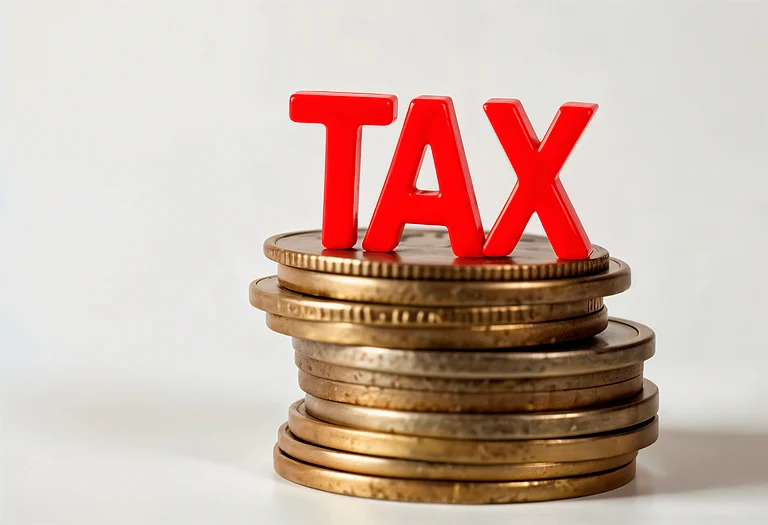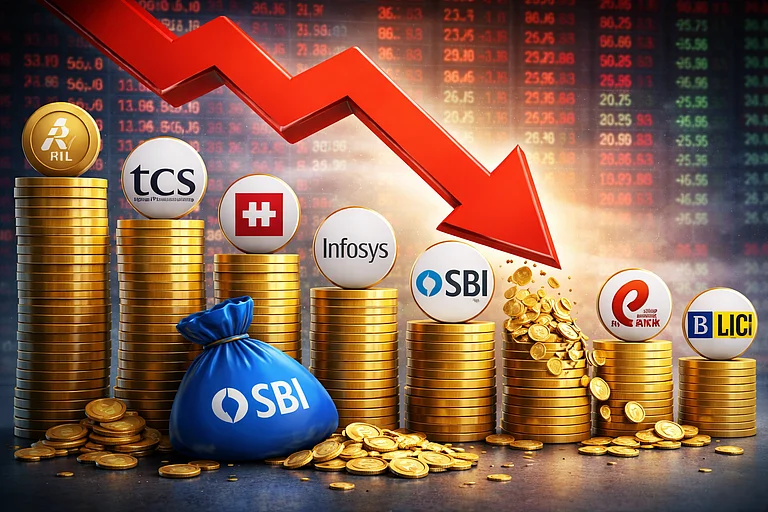A vast majority of Indians still consider fixed deposits (FDs) as one of the safest bets for investments and savings. A number of public and private banks offer them as investment options. Many consider them to be a good investment option for tax savings, too. That said, they come with their own set of drawbacks.
Here we take a look at some of their advantages and disadvantages.
First, let’s consider some of the benefits they offer.
Easy availability and tax benefits: Fixed deposit schemes are easily available for investment at all public and private sector banks across India. One can also open a fixed deposit account through Netbanking. In fact, one need not pay a visit to the bank to open an FD if the KYC (know your customer) processes have already been done with.
One of the most significant advantages they offer is in the form of tax benefits. Says Archit Gupta, founder and CEO of Cleartax, a tax portal: "Investments in this type of FD are deducted from the total income up to a limit of Rs 1.5 lakh under Section 80C. As a result, by putting your money in a tax-advantaged FD, you can lower your taxable income and tax burden. "
Low risk and guaranteed returns: Compared to other tax-saving investments like ELSS (equity-linked savings schemes), tax-saving FDs have an incredibly low risk. This is because FDs lack any market-linked factors that could influence the rate at which your money grows. Throughout the term of the FD, the rate of interest offered by the banks remains constant, "says Gupta.
Savings accounts also offer a greater rate of return than FDs. The interest rate varies in the 7-8 per cent range per annum as compared to savings accounts.

Some banks also allow partial withdrawals from their FD accounts.Even then, the balance left in the FD account post-partial withdrawal keeps on earning at the same rate of interest as before. Hence, FDs are more convenient and come in handy in times of crisis or emergency.
Now, let’s look at some of their disadvantages.
Taxation and rate of interest versus inflation: The interest that one earns on their FD investments is liable for a tax deduction at source (TDS). Banks deduct this tax from the interest earned at the end of each year. The depositor has the option to opt out of TDS and pay all the interest at maturity.
What it effectively means is that the earnings from your FD after the deduction of taxes are often below the rate of inflation. At present, the rate of return on FD is 5.5 percent per annum, which is lower than the annual inflation rate of 6 percent.
Section 80C tax benefits have a long lock-in period:To take advantage of tax benefits under Section 80C of the Income Tax Act, one has to invest in a tax-saving FD for at least five years. This lock-in term is a legal requirement, and investors cannot withdraw their money from an FD before its maturity. This tax-saving investment also does not qualify for any loans or overdrafts, "says Gupta.
There is no tax advantage on the interest received on FD: While the investment itself qualifies for tax advantages, the interest received on the tax-saving FD does not. You have the option of receiving the interest payout either monthly or annually. You could even choose to have it reinvested in your business. Regardless of which path you take, the interest you earn is taxed on receipt, depending on the tax bracket you fall under, "adds Gupta.














